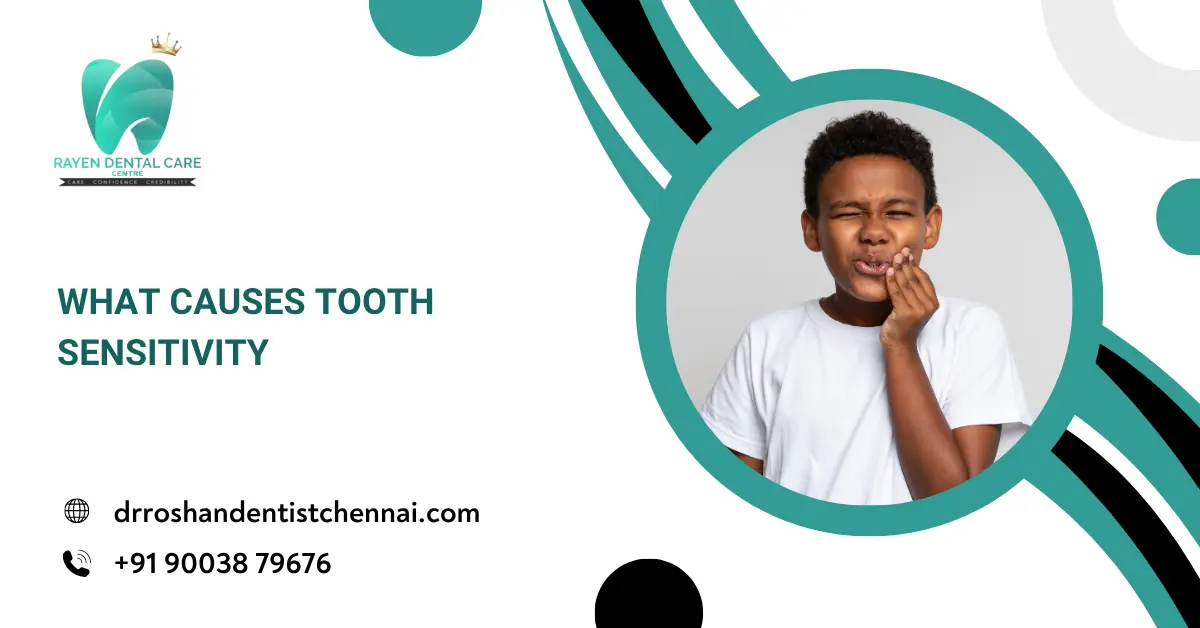Oral surgery includes a wide range of essential procedures that treat complex oral and maxillofacial conditions. These treatments range from routine extractions to advanced jaw corrections and oral cyst removals. They play a critical role in improving oral health for both children and adults. Timely intervention helps relieve pain, prevent long-term complications, and improve overall quality of life. Thanks to modern dental advancements, procedures like dental extractions, wisdom teeth surgery, and oral cyst removal are now safer, minimally invasive, and highly effective. If you’re looking for expert care, provides world-class treatment by skilled specialists.
Dental Extractions
Dental extractions involve removing a tooth due to decay, damage, or crowding. This procedure is common in both children experiencing overcrowding as their adult teeth grow and adults facing extensive tooth decay or trauma.
- Simple Extraction: Simple extractions typically involve teeth visible above the gum line and are easily accessible. Dentists use specialized instruments to loosen and remove these teeth gently, usually under local anesthesia, ensuring minimal discomfort during and after the procedure.
- Complex Extraction: Complex extractions target teeth that are impacted or broken beneath the gum line, necessitating surgical intervention. An oral surgeon carefully creates an incision to access and remove the tooth, often employing sedation to enhance patient comfort and reduce anxiety.
- Recovery and Care: Post-extraction care involves rest, limited physical activity, and adherence to dietary restrictions to facilitate healing. Patients receive comprehensive instructions on managing discomfort, swelling, and maintaining oral hygiene to ensure a smooth and prompt recovery.
Jaw Correction Surgery
Jaw correction surgery, or orthognathic surgery, addresses severe dental and skeletal irregularities in the jaw, significantly impacting chewing, speaking, and facial aesthetics. Suitable for both children with developmental abnormalities and adults seeking corrective adjustments, this procedure promotes long-term oral health and improved life quality.
- Correcting Jaw Misalignment: Surgery effectively treats conditions such as underbite, overbite, crossbite, and open bite, enhancing functional capabilities and facial symmetry. Surgeons strategically reposition the jawbone, stabilizing it using screws and plates, thus ensuring improved alignment and functionality
- Recovery Process: Recovery typically involves a short hospital stay followed by a home recuperation period. Patients are guided through dietary modifications, exercises for jaw movement, and pain management strategies to ensure a comfortable recovery and optimal surgical outcomes
- Long-Term Benefits: Beyond immediate physical improvements, patients experience significant psychological benefits, including enhanced self-esteem and social confidence. Proper jaw alignment contributes to easier breathing, clearer speech, and reduced dental wear and tear. Choosing jaw correction surgery through expert providers both aesthetic and functional success.
Oral Cyst Removal
Oral cyst removal is essential for treating cysts that develop within oral tissues, potentially causing damage if untreated. Both adults and children can develop cysts, making early diagnosis and removal crucial in preventing serious oral health complications.
- Identification and Diagnosis: Oral cysts may appear painless initially but can become problematic, causing swelling, discomfort, or infection. Dentists utilize diagnostic tools like dental X-rays and CT scans to precisely identify cyst location, size, and potential impact on adjacent structures.
- Procedure Techniques: Removal typically involves a minor surgical procedure where the cyst and surrounding tissues are excised. Surgeons ensure complete removal to minimize recurrence risks and may perform bone grafting if extensive bone loss is noted during the procedure.
- Post-Surgical Management: Following surgery, patients receive detailed aftercare instructions emphasizing oral hygiene practices, dietary recommendations, and follow-up schedules. Proper care significantly reduces healing time and prevents secondary infections, ensuring patients quickly return to regular activities. Oral cyst removal is a crucial part helping patients maintain long-term oral health.
Wisdom Teeth Surgery
Wisdom teeth surgery involves removing the third molars, which often erupt improperly due to limited jaw space. Common in teenagers and young adults, timely intervention prevents future dental issues such as crowding, infections, and alignment problems.
- Surgical Approach: Wisdom teeth extractions are performed under local or general anesthesia, ensuring comfort during the procedure. Oral surgeons make precise incisions, remove the impacted tooth, and carefully suture the surgical site, minimizing discomfort and promoting rapid healing.
- Post-Operative Care: After surgery, patients may experience mild swelling and discomfort, which is effectively managed through prescribed medications and cold compresses. Clear post-operative guidelines on diet, oral hygiene, and rest ensure a straightforward and comfortable recovery process.
- Preventive Benefits: Early removal significantly reduces the risk of developing serious complications like cyst formation, infections, or damage to adjacent teeth. This preventive measure supports long-term oral health and prevents future orthodontic complications.
Surgical Tooth Extraction
Surgical tooth extraction addresses teeth that cannot be easily accessed due to breakage, extensive decay, or being buried beneath gum tissue. This procedure is crucial in both pediatric and adult dentistry to prevent further dental issues and preserve oral integrity.
- Indications for Surgery: Teeth severely damaged by trauma, decay, or infection typically require surgical extraction. Pediatric patients often need extractions to create sufficient space for proper dental development, whereas adults frequently require the removal of problematic teeth that threaten overall oral health.
- Procedure Details: Surgeons carefully perform incisions into gum tissue and, when necessary, remove surrounding bone to access the tooth. Using specialized tools, they gently remove the tooth, subsequently cleaning and stitching the area to facilitate healing and minimize infection risks.
- Recovery Guidelines: Post-operative recovery involves rest, oral hygiene practices to avoid infection, and specific dietary restrictions to prevent disruption of the healing site. Clear instructions regarding medication use and symptom management ensure patients recover efficiently and comfortably.
Conclusion
Oral surgery, including extractions, jaw corrections, and cyst removals, significantly impacts both functional and aesthetic aspects of oral health. These procedures address critical dental issues in adults and children, ensuring lasting health benefits, enhanced quality of life, and improved self-confidence. At Rayen’s Dental Clinic, we are committed to providing expert oral surgical care through state-of-the-art technology and personalized treatment plans tailored to each patient’s unique needs. Trust in our experienced team to deliver outstanding care, ensuring comprehensive solutions and a seamless recovery experience.
Read also: Oral Cancer Screening





